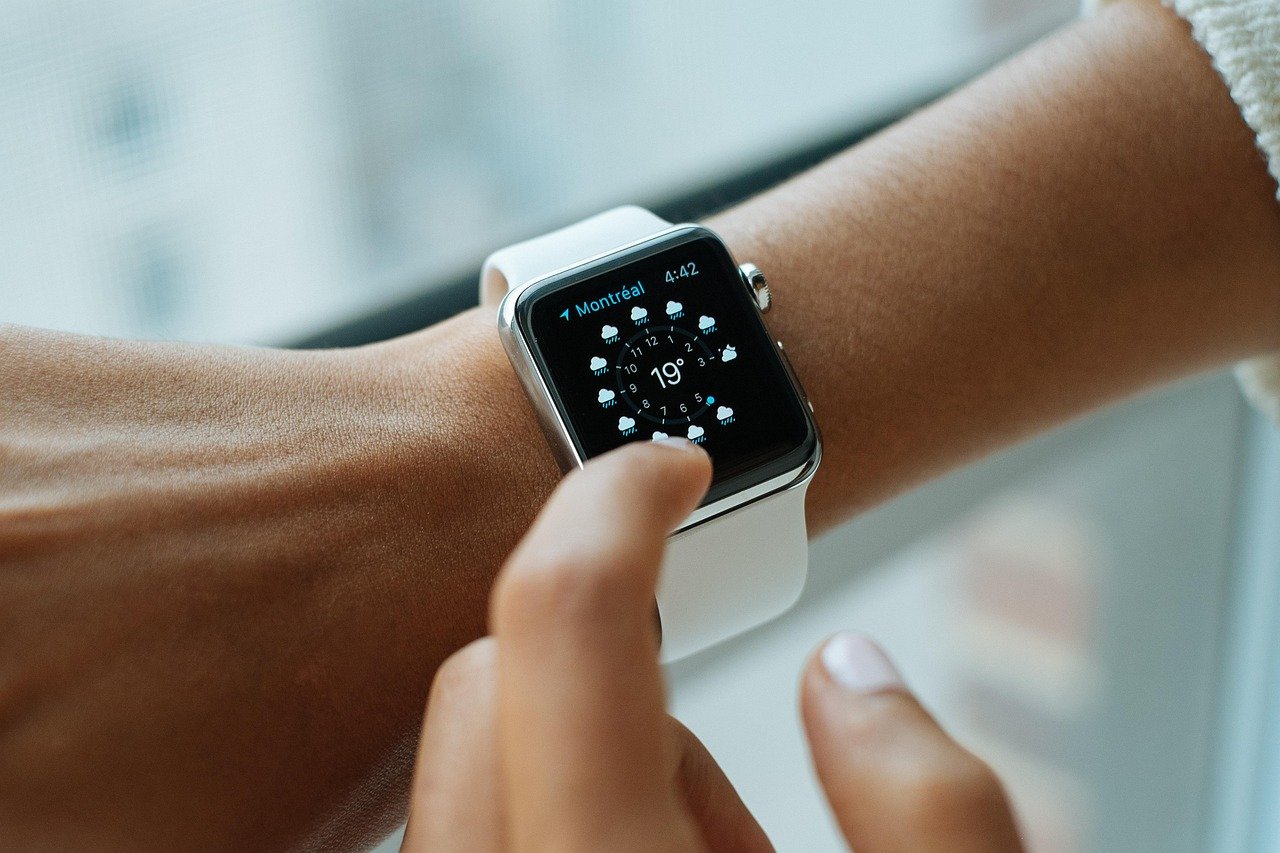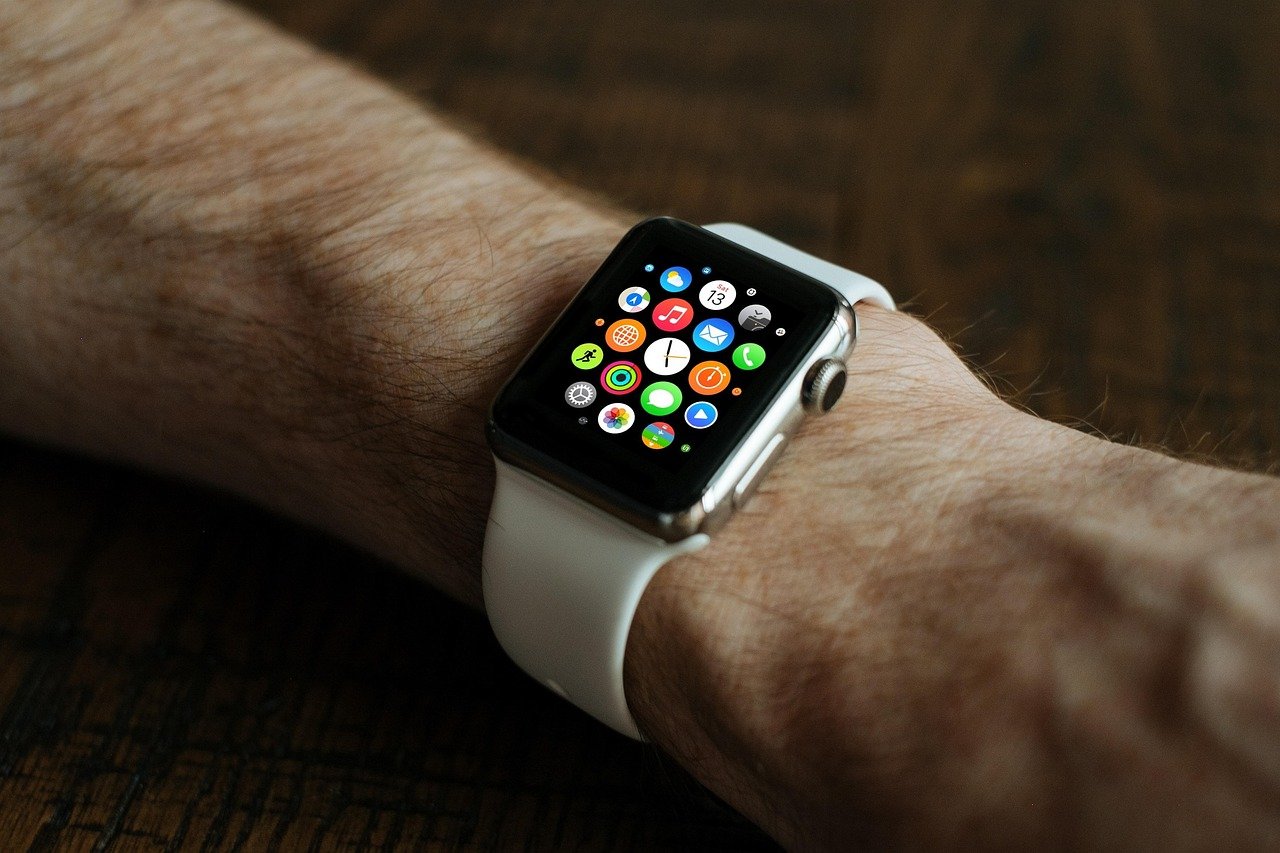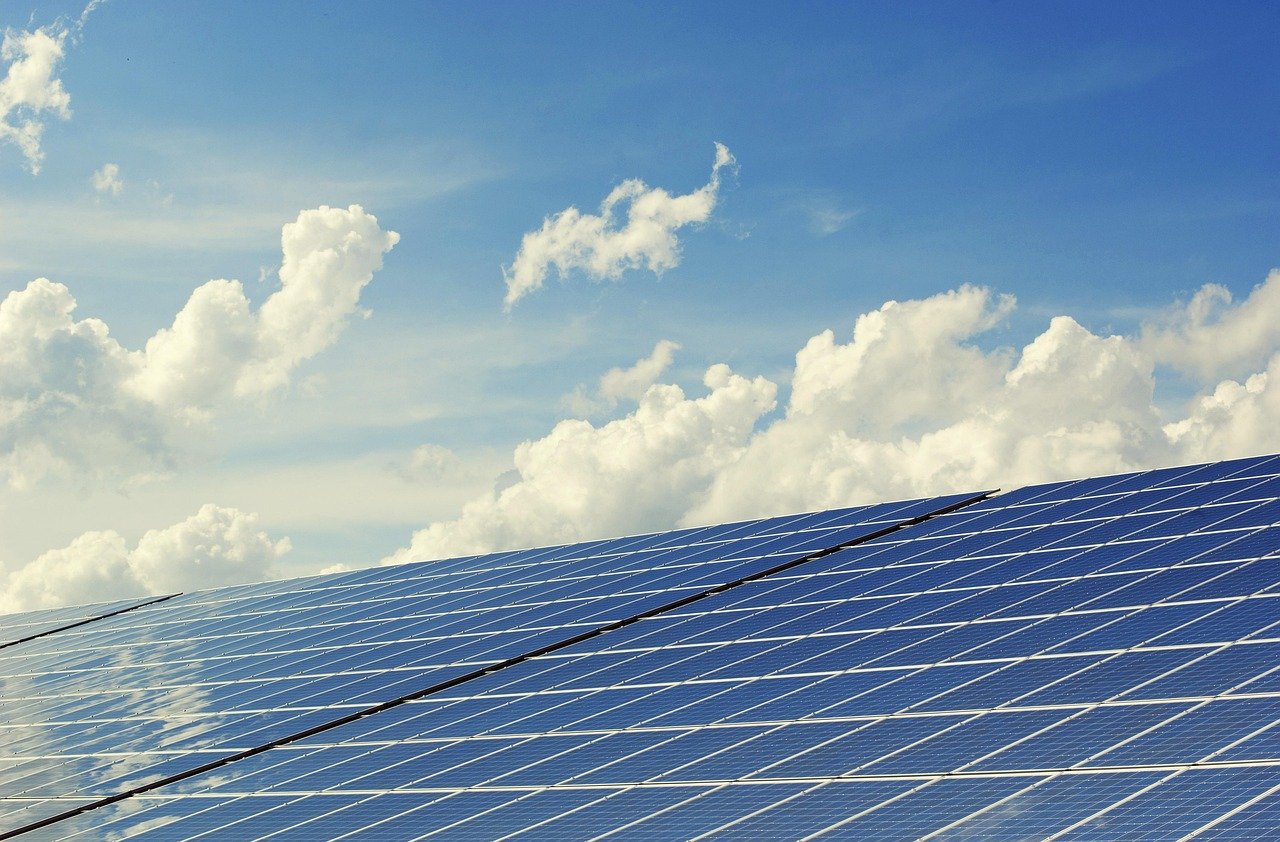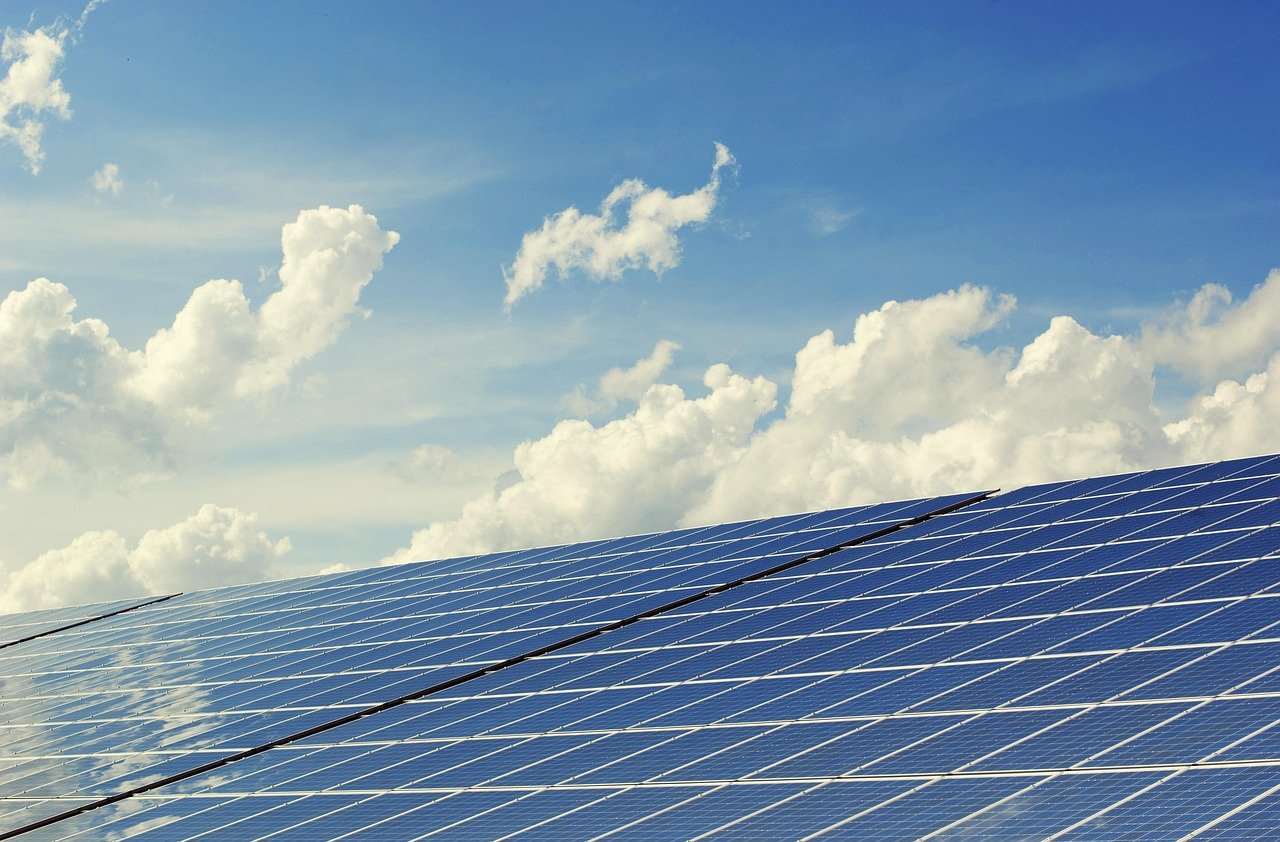The Invisible Energy Revolution On Your Wrist
What if I told you that the fitness tracker on your wrist is secretly saving energy while you sleep? Most people think wearable tech just counts steps and monitors heart rates, but there’s a much bigger story unfolding here. While companies like Elemind Technologies develop wearable neurotechnology headbands to improve sleep and the XR segment shows 17.27% annual growth, these devices are quietly becoming the unsung heroes of energy efficiency. The global wearable medical device market jumped from $35.6 billion in 2023 to $45.0 billion in 2024, with projections reaching $151.8 billion by 2029. But here’s what nobody talks about: these tiny gadgets are reshaping how we use energy in ways that would make your electricity meter jealous. Think of it like having a personal energy coach that never sleeps, constantly whispering suggestions about when to turn off that lamp or when your solar panels are producing peak power.
Your Personal Energy Detective Never Takes A Day Off
Imagine having a friend who knows exactly when you’re wasting electricity, but instead of nagging you, they just quietly fix it. That’s essentially what modern wearables do through personalized energy consumption awareness. AI algorithms analyze data from wearable devices to provide personalized recommendations and insights, making wearables more efficient and user-friendly. Your smartwatch doesn’t just track your morning jog anymore—it’s learning your daily routines and figuring out optimal times to suggest using energy-intensive appliances. Picture this: you’re about to start your washing machine, but your fitness tracker buzzes to remind you that solar energy production peaks in two hours. These devices enhance efficiency by automating data collection and streamlining processes, with fitness trackers automatically monitoring activity levels, heart rate, and sleep patterns without manual input. It’s like having a tiny meteorologist and energy consultant rolled into one device that weighs less than a candy bar.
When Your Watch Talks To Your Thermostat

The real magic happens when wearables start playing matchmaker with your home’s systems. Connectivity technologies like Bluetooth, BLE, Wi-Fi, 5G integrate wearables into broader ecosystems, with smartwatches not only pairing with smartphones but also syncing with smart home systems for seamless communication. This isn’t science fiction—it’s happening right now in millions of homes. When your fitness tracker detects you’ve left the house for your evening run, it can automatically signal your smart thermostat to dial down the heating. As Michael Siemann from Resideo noted during CES 2025, the rise of EVs and electrified appliances puts strain on the grid, making automation and coordination critical rather than manually asking consumers to reduce energy use. It’s like your home develops a sixth sense about your presence and preferences. Matter, the new universal smart home standard gaining traction in 2025, ensures better compatibility between smart home devices regardless of brand, allowing control of lighting, security, climate, and entertainment from one unified system. Your wearable becomes the conductor of an invisible orchestra, orchestrating energy savings you never even notice.
The Office Energy Whisperer

Workplaces are discovering that wearables can transform energy efficiency from a corporate policy into a personal mission. RealWear headsets allow workers in construction and field operations to access manuals hands-free, while SmartCap wearables track brainwave activity to detect early signs of fatigue, preventing accidents in industries like mining and trucking. Employees equipped with smartwatches receive gentle nudges about turning off unused equipment or adjusting lighting levels based on occupancy patterns detected by their devices. Think of it as crowd-sourced energy management where every employee becomes an energy detective. Parks Associates research shows over 40% of U.S. broadband households consider their electricity bill a concern, and more than 60% are interested in tools that help monitor and reduce energy use, with consumers wanting solutions that blend intelligence, convenience, and cost-savings. The beauty lies in how it gamifies conservation—suddenly, saving energy becomes as addictive as hitting your daily step goal. Companies report significant reductions in energy bills while fostering a culture where sustainability feels personal rather than mandated.
Turning Your Commute Into An Energy Statement

Here’s where wearables get really sneaky about changing behavior: they make sustainable transportation feel like winning a game. Beacon wearables, such as fitness trackers and smartwatches, improve fitness by providing users with real-time information on their physical activity, tracking movement, heart rate, and other metrics while delivering feedback on how to improve fitness. Your fitness tracker doesn’t just count steps when you walk to work—it’s calculating the energy you’ve saved by not driving, the calories you’ve burned, and sometimes even the carbon footprint you’ve avoided. Smart wearables like Fitbit Pay and Garmin Pay integrate with smartwatches, allowing tap-to-pay transactions without a phone or credit card, making public transit more convenient than ever. It’s psychological genius: instead of lecturing about environmental responsibility, wearables make you feel like a superhero for choosing the bike over the car. Some devices integrate with transportation apps to suggest the most energy-efficient routes, turning your daily commute into a strategic energy-saving mission.
The Solar Power Matchmaker

Wearables are becoming surprisingly good wingmen for renewable energy adoption. One hybrid system example includes a jacket with 16 solar cells and 12 TEGs that obtained maximum power output of 500 mW on a sunny day outdoors, with power from solar cells being the main contribution since TEG power was on the order of microwatts. Your smartwatch can now alert you when your home’s solar panels are producing peak power, encouraging you to run the dishwasher or charge your electric car at optimal times. Power measurements show wearable solar systems providing more than 75 mW in common forearm positions, with even the lowest-power position producing 13.9 mW, which is 42% of nominal power draw and proportionally lengthens operating time. It’s like having a personal renewable energy broker who never misses an opportunity to maximize your clean energy usage. Imagine a home that not only thinks for itself but also works to protect the planet by integrating smart home systems with renewable energy sources like solar panels, allowing homeowners to track energy production and usage in real time. This demand-side management helps balance energy loads and creates a more resilient grid while making users feel directly connected to their environmental impact.
The Unexpected Health-Energy Connection

Nobody expected fitness trackers to become energy efficiency tools, but here’s the surprising twist: better health often means less energy consumption. Wearable sweat sensors make strides in personalized health monitoring by leveraging advances in flexible electronics, continuously and noninvasively monitoring health indicators through sweat, with improvements in these aspects empowering precision medicine. When wearables help you sleep better and manage stress, you’re less likely to crank up the heat or air conditioning for comfort. The latest smart wearables incorporate mental health monitoring features, analyzing stress levels and sleep patterns to provide actionable insights. The Apple Watch Series 6 offers stress tracking and relaxation techniques, with some wearables including guided breathing exercises and meditation sessions. Healthier people spend more time outdoors, reducing their reliance on energy-intensive indoor environments. It’s a beautiful feedback loop: wearables improve your well-being, which naturally leads to more sustainable lifestyle choices. A 2024 McKinsey report highlights that nearly 70% of wearable device users expect their next device to help them manage health conditions, not just track fitness, with products like the WalkerFit M6 Ultra acting as entry-level preventive health tools. This creates an unexpected synergy where personal health goals align perfectly with environmental conservation.
Big Data Meets Energy Policy
The treasure trove of data generated by millions of wearables is becoming a goldmine for energy researchers and policymakers. Wearable technology companies hold over 133K patents and have secured more than 5300 grants, with the market drawing over 14500 investors completing 27K funding rounds. Aggregated and anonymized data reveals fascinating patterns about how different demographics use energy across various regions and seasons. According to GlobalData, the number of wearable healthcare devices in use is forecasted to exceed 800 million by 2025, with companies like Minew researching better IoT wearable devices in healthcare. This information helps governments design targeted energy conservation programs that actually work because they’re based on real human behavior rather than theoretical models. By understanding what devices users have and how they’re commonly used, systems can intelligently suggest automations created by communities, such as “fridge door left open” or “fridge water leakage” alerts without building them manually. It’s like having a massive, real-time experiment running on human energy habits, providing insights that no traditional survey could ever capture.
The Battery-Free Future Is Charging Up
Here’s where things get really exciting: wearables are learning to power themselves using energy that would otherwise go to waste. Researchers struggle to meet energy demands of existing wearable applications using energy harvesting techniques, which emit low levels of energy and are frequently interrupted, but piezoelectric vibration energy harvesting is the preferred method for wearable devices since it’s most capable of producing needed power levels. Researchers at North Carolina State University developed a new design for harvesting body heat and converting it to electricity, with efficient wearable thermoelectric generators that convert body heat to electricity for turning on electronic sensors. Your body heat, the swing of your arms while walking, even the vibrations from your daily activities can now generate tiny amounts of electricity. Energy is effectively everywhere at wearables’ modest power budgets—in sun’s rays and radio waves, skin’s sweat and body heat, a person’s motion and footfalls, with technology maturing to harvest meaningful amounts to liberate wearables from ever needing a battery. While we’re not quite there yet, imagine a world where your smartwatch never needs charging because it’s constantly harvesting energy from your morning coffee’s warmth or your afternoon jog’s kinetic energy.
Smart Fabrics That Actually Think
Smart fabrics integrate technology into textiles, allowing them to monitor health metrics, change color, or regulate body temperature, being used in healthcare, sports, and fashion while including conductive fibers for data transmission and energy harvesting capabilities. The next frontier in wearable energy revolution isn’t just devices you wear—it’s clothing that thinks. E-tattoos represent one of the most promising developments, with these ultrathin, skin-soft wearable electronics noninvasively and accurately digitizing physiological and psychological information from the human body without compromising comfort or mobility. These aren’t your typical “smart” t-shirts with a sensor sewn in; we’re talking about fabrics woven with conductive fibers that can harvest energy, monitor your vital signs, and communicate with your home’s energy systems. Compared to other energy harvesting technologies like thermoelectric or piezoelectric systems, wearable photovoltaic devices offer significant advantages including higher energy conversion efficiency under direct sunlight and potential for continuous energy supply during daylight hours, with flexible and lightweight materials enhancing user comfort. Picture a jacket that charges your phone using solar threads while simultaneously adjusting your home’s temperature based on your body heat patterns. It sounds like science fiction, but prototypes already exist in research labs around the world.
The Privacy Price Of Energy Efficiency
But here’s the catch nobody wants to talk about: all this energy-saving magic comes with serious privacy considerations. As wearables collect increasingly sensitive data, security and privacy features have become paramount, with many devices incorporating advanced biometric authentication methods like fingerprint or facial recognition, encryption protocols ensuring security of data transmission, and some integrating personal safety features. Your wearable knows when you’re home, when you leave, how you sleep, what you eat, and now—thanks to energy management features—exactly how you use electricity. The Device Database will contain information users intentionally submit, with nothing collected automatically without explicit consent. Enhanced security features include advanced biometric authentication methods such as fingerprint or facial recognition, with encryption protocols ensuring security of data transmission. The challenge for manufacturers is building trust while delivering energy-saving benefits that genuinely improve people’s lives. This data goldmine could revolutionize energy efficiency, but only if companies handle it responsibly and transparently.
Obstacles In The Wearable Energy Wonderland
Let’s be honest—this wearable energy revolution isn’t all smooth sailing. Key issues include fast-evolving technologies in the wearable market and great variety of products, with time required for working on standards potentially taking longer than the appeal of certain types of wearables, leading focus on fundamental aspects like inks, printing technologies, and printed patterns. The biggest irony? These energy-saving devices still need energy themselves, and many users find themselves charging multiple gadgets daily. Standout features like 14-day battery life respond directly to user frustrations with frequent charging. Battery anxiety is real, and it’s undermining some of the energy-saving benefits wearables promise. MicroLED technology is more energy-efficient than traditional OLED or AMOLED displays, leading to longer battery life for users. There’s also the challenge of interoperability—your Fitbit might not play nicely with your Samsung smart home system, creating frustrating gaps in the energy management ecosystem. The good news? Industry standards are evolving rapidly to address these integration headaches.
What’s Next For Your Energy-Saving Sidekick
The future of wearable energy management looks like something straight out of a tech utopia. The wearable industry holds great potential to grow owing to increased focus on innovation, health and integration of AI, with the wearable market expected to grow at a CAGR of 3% from 2025 to 2028. Technology shifts wearables from data tracking tools to holistic health and wellness coaches, with smartwatches driving the market through innovations in AI, health monitoring, and connectivity, while advanced sensors for ECG, blood oxygen, and sleep monitoring become more accessible across price ranges. Imagine wearables with months-long battery life, seamless integration with every energy system in your life, and AI assistants that make energy optimization feel effortless. Researchers report 90 µm-thick energy harvesting and storage systems with power conversion efficiency surpassing 16%, power output exceeding 10 mW cm–2, and energy density beyond 5.82 mWh cm–2, tailored to meet power demands of wearable sensors and gadgets. The convergence of artificial intelligence, improved battery technology, and sophisticated energy harvesting could make wearables the control centers of our personal energy ecosystems. AI and machine learning integration drives advancements in wearable devices, enabling predictive analytics, personalized care, and early disease detection, with companies innovating miniaturized, user-friendly designs and improved battery life. We’re moving toward a world where managing energy consumption becomes as automatic as breathing—and twice as beneficial for both your wallet and the planet.
The quiet revolution in wearable energy management is already changing how millions of people interact with power consumption, often without them even realizing it. These tiny devices are proving that the most effective changes often happen behind the scenes, making sustainability feel less like sacrifice and more like smart living. What surprises you more—that your fitness tracker is secretly an energy consultant, or that we’re just getting started?


